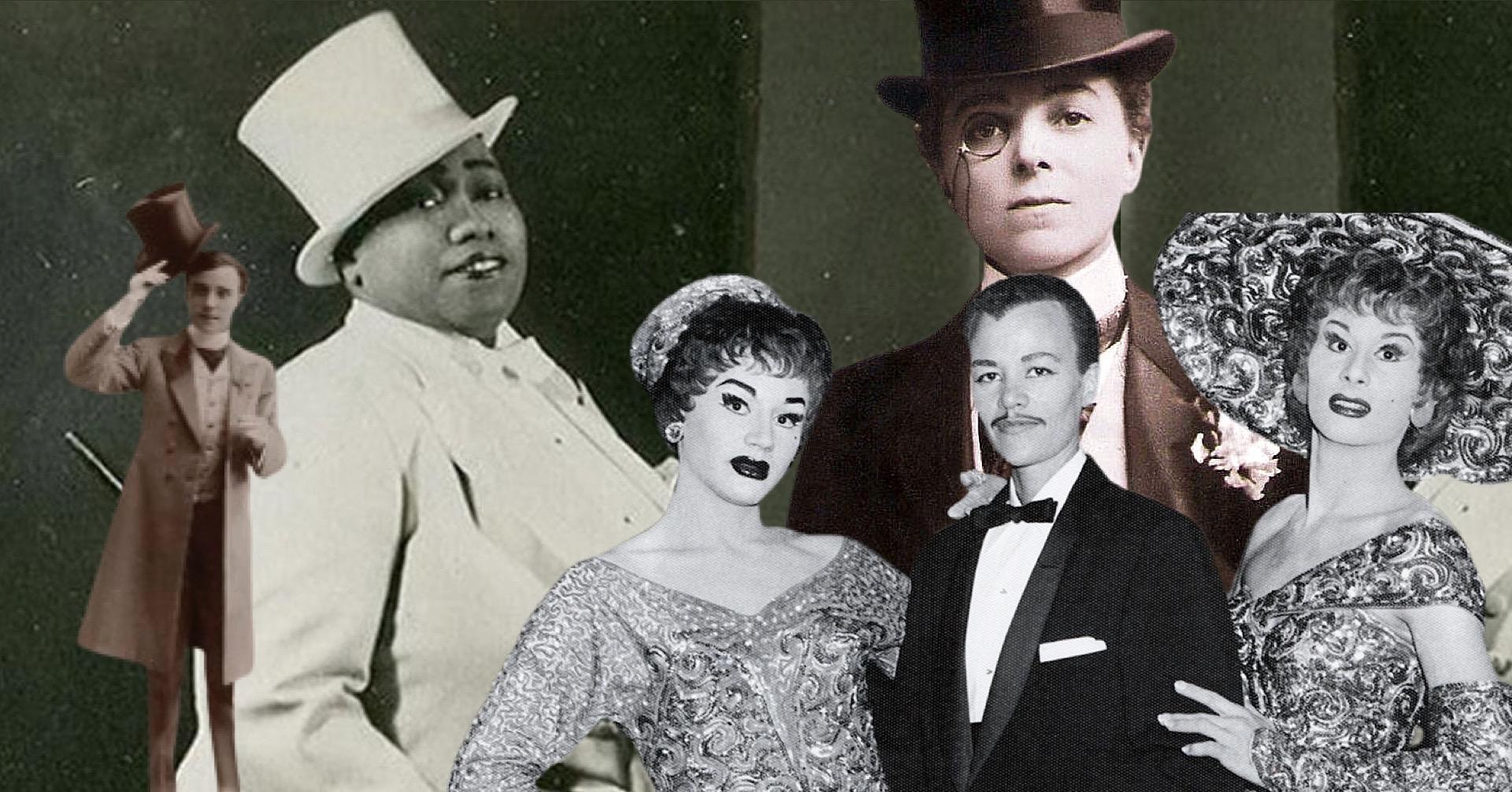
But outside of drag competitions and club performances, how much do we really know about it? If you want to know more about how drag changed over the years, make sure to enrol into A Brief History of Drag, led by expert speaker Jordana Belaiche.

It seems that the public is now willing more than ever to embrace the art of drag. Also, apart from performing on stage, the 20th and 21st century queens, use drag as a means of political liberation in a society where the LGBTQ community still has battles to be won. Rather than dressing as women, drag queens’ image represents the exaggeration of womanhood, adorned with big hair, flashy makeup, and sparkly gowns. Unlike the drag queens in the theatre shows that adapted their appearance and behaviour to make themselves as feminine as possible, the drag queens of today, feature a different look and social and political elements in their work. Since the early days of antic Greek theatres, drag has evolved and transformed itself. Prima donnas would perform singing and dancing routines with numerous changes of ravishing outfits.ĭrag race UK winner via BBC The Evolution of Drag Vaudeville’s prima donnas, on the other hand, drew inspiration from the European tradition of Shakespeare plays. Wrench players would appear on stage in blackface, comedic skits and sing and dance to entertain the viewers. Wrench players first appeared in blackface minstrel shows, racist shows that mocked African American men and women.

With the development of vaudeville, (between the 1800s and 1930s), two types of drag queens appeared: wrench players and prima donnas. The theatre practice continued to the modern era, with Shakespearean time being known for its outstanding female impersonators. According to the Oxford African American Studies Center term developed as a short form of “grand rag,†an expression synonymous with the masquerade. Other sources, however, state that the term drag is more recent. Allegedly, male actors complained that the clothing “dragged” across the floor. It is believed that the term drag originated from the theatre as well. Back then women weren’t allowed to play male roles, which is why men had to disguise themselves into female characters. The origin of drag can be traced back to the days of antic theatre. The Most Powerful Drag Queens in America via Volture The Origin of Drag


 0 kommentar(er)
0 kommentar(er)
